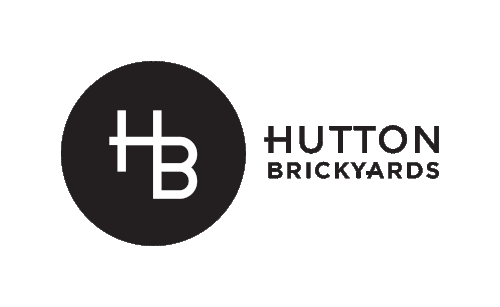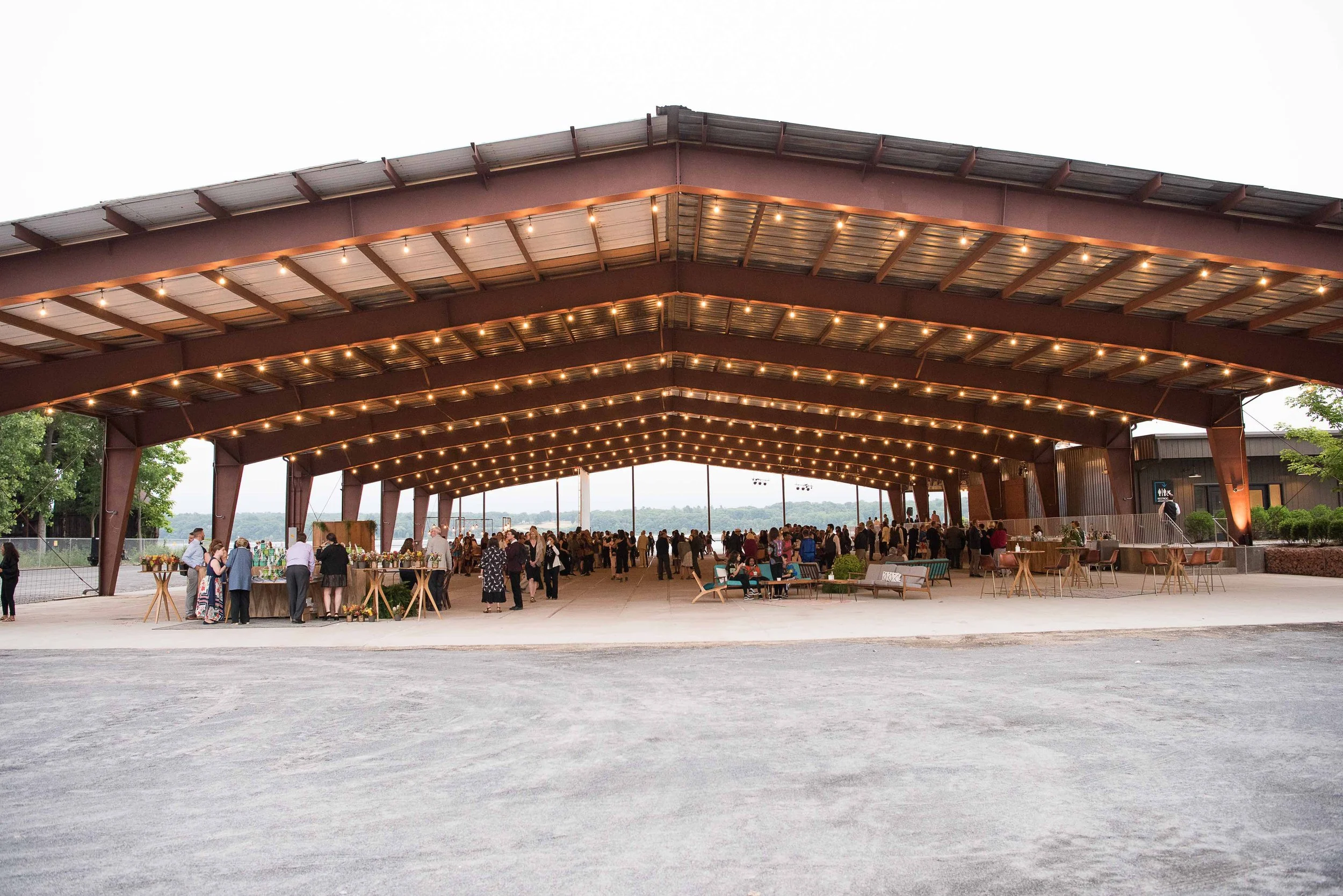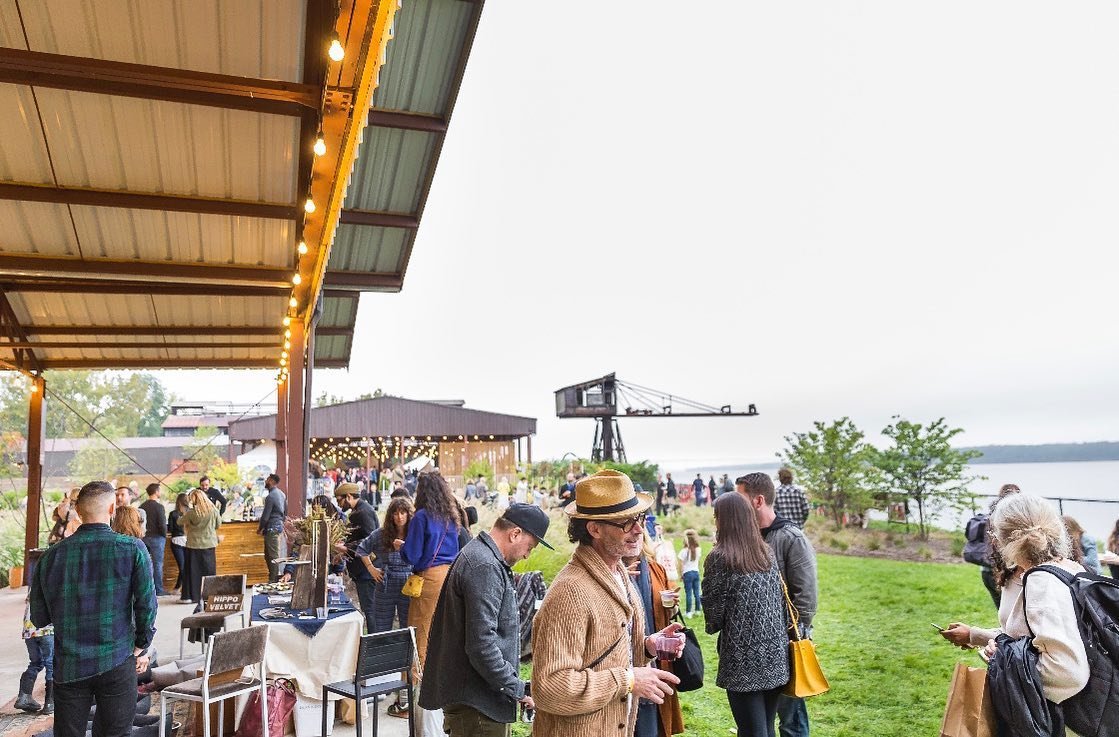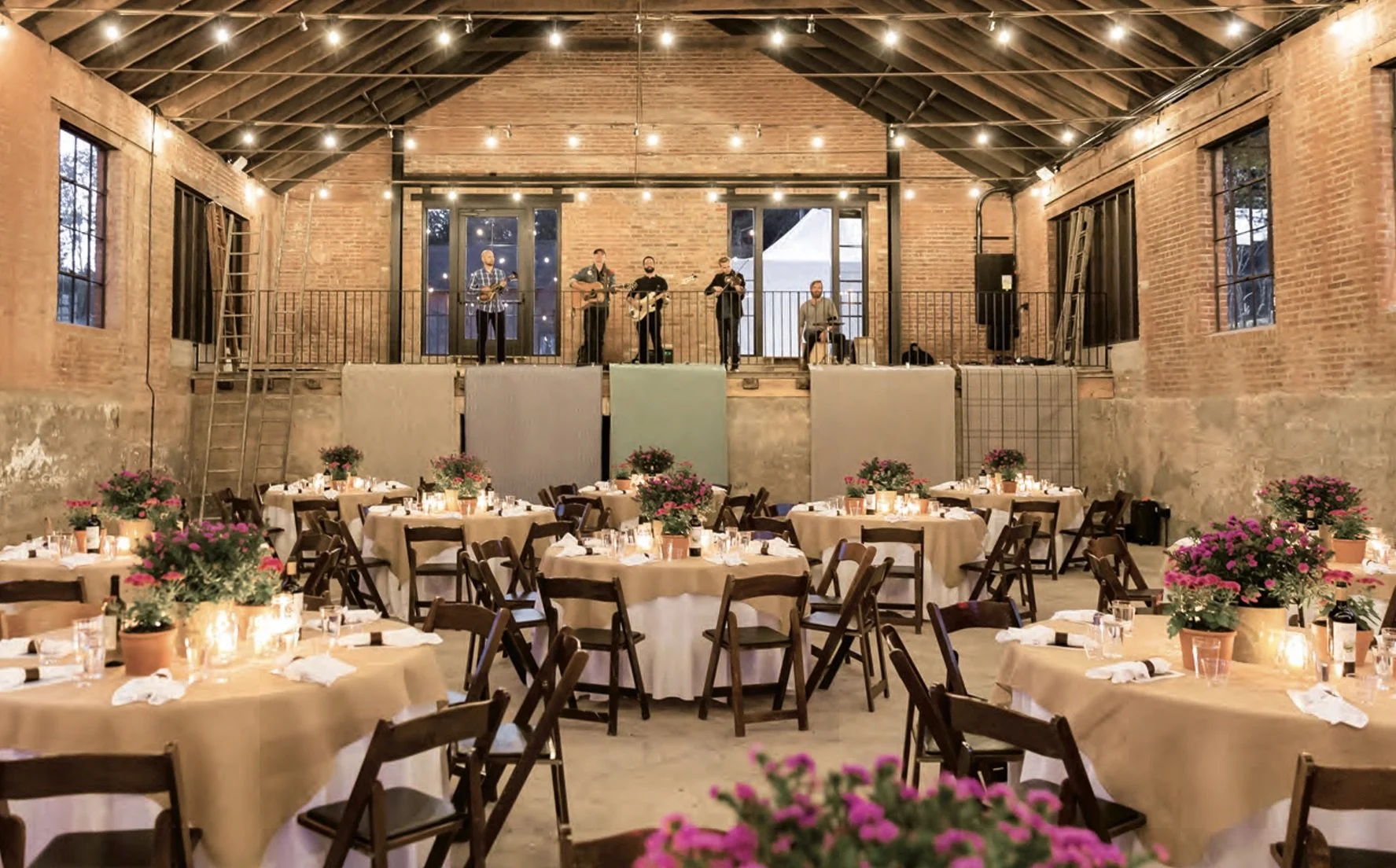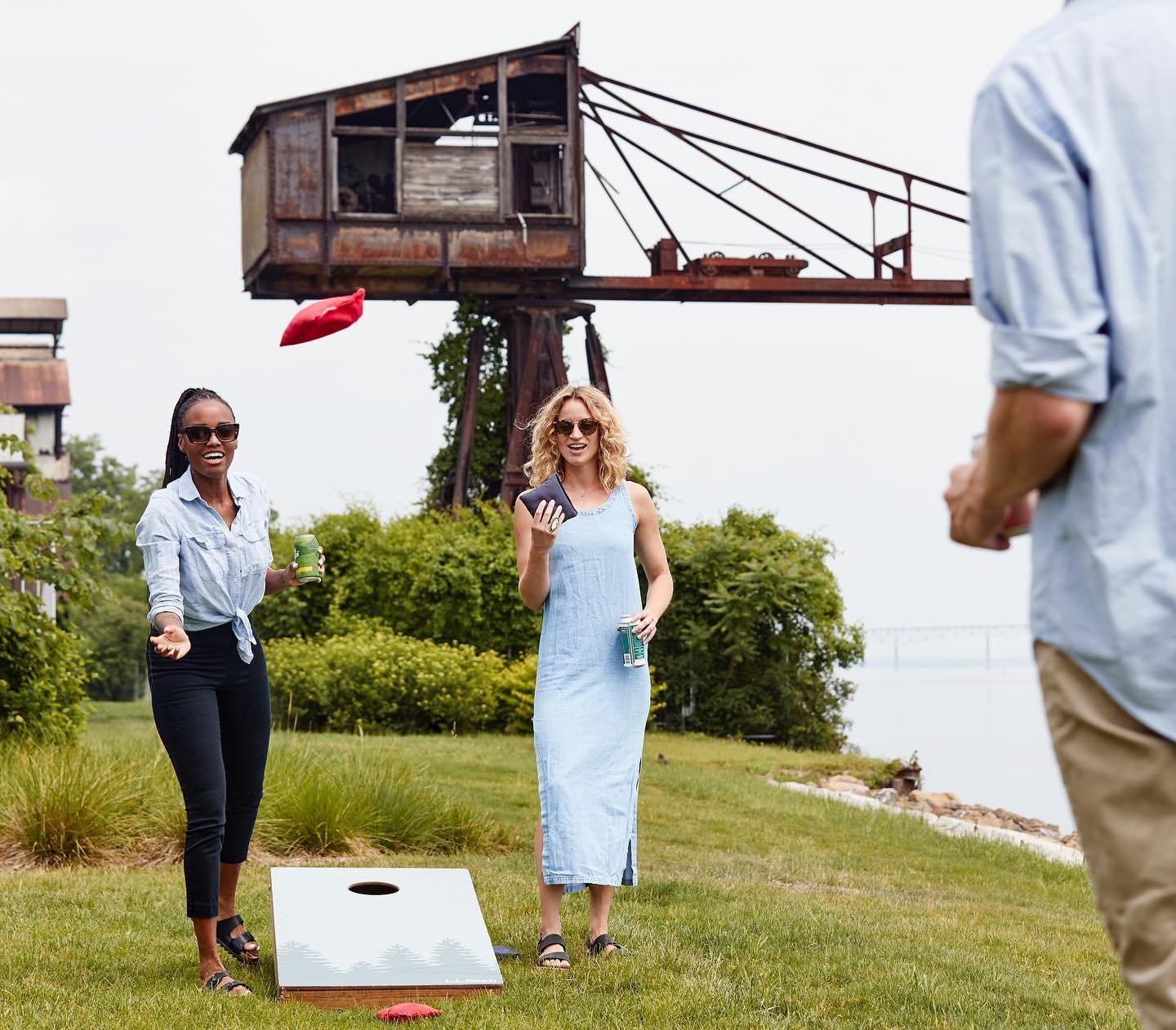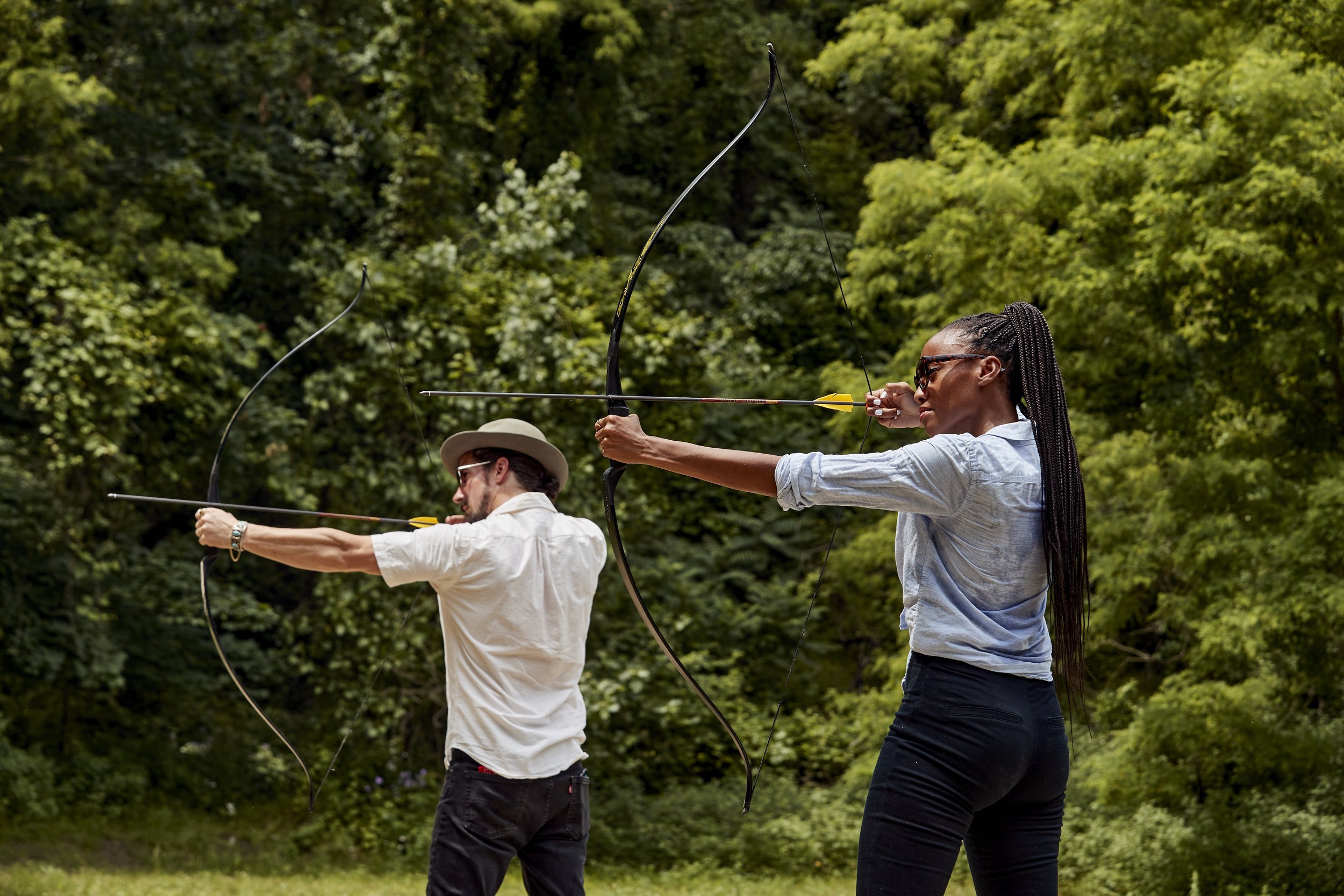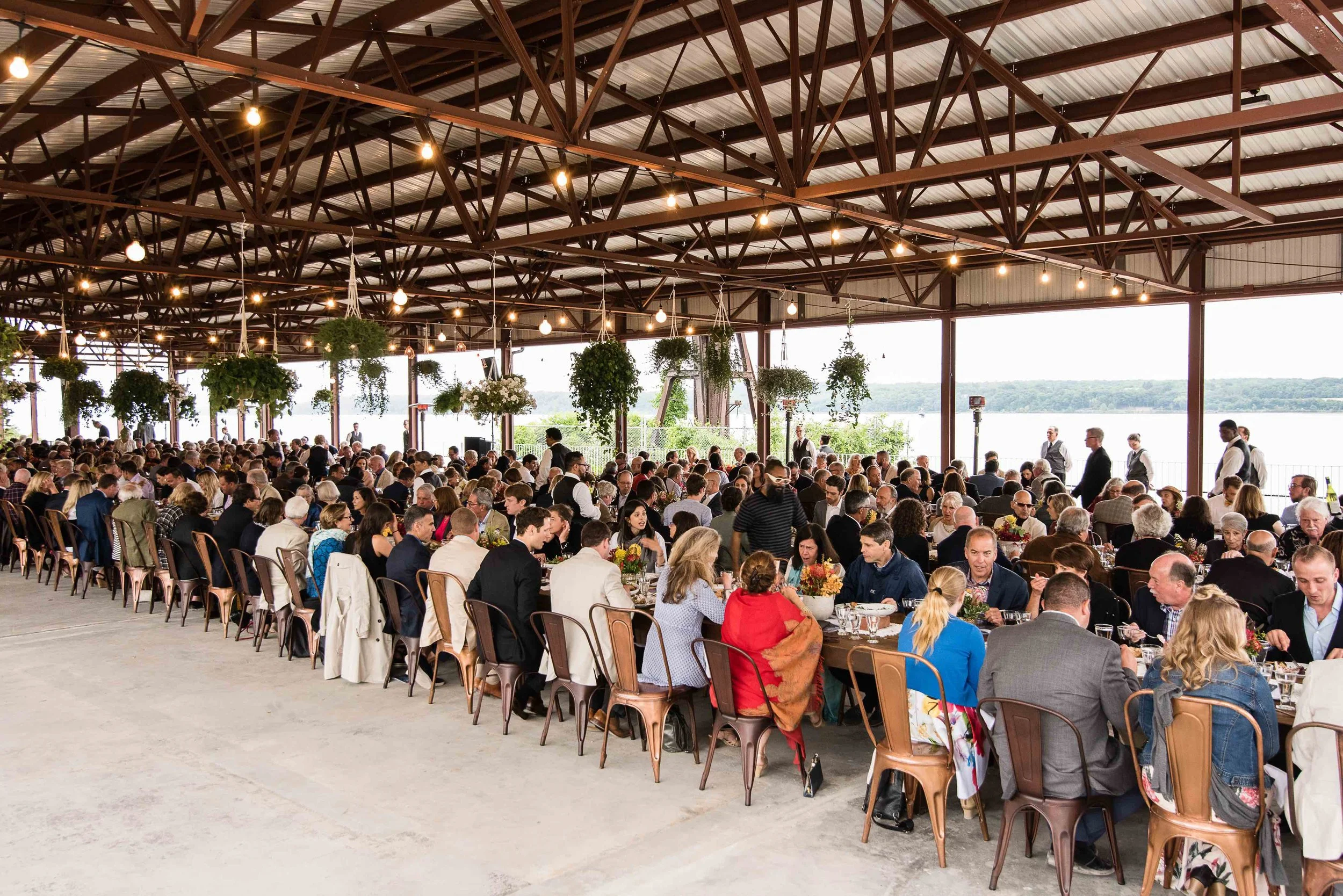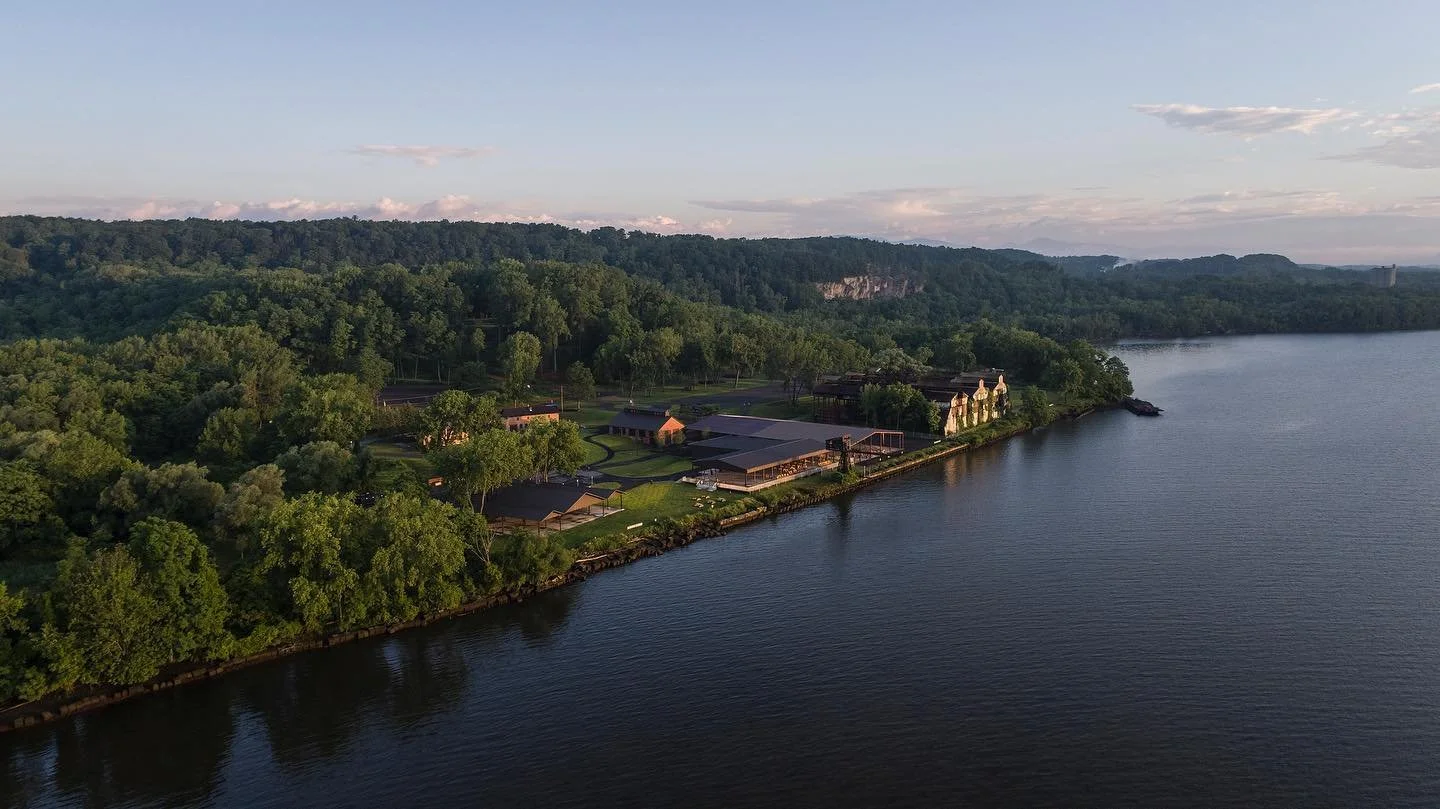How to Get the Most Out of Corporate Retreats
By Anouare Abdou
Table of Contents
Start with Goals
Set KPIs
Plan Ahead
Pick the Right Venue
Provide Some Level of Luxury
Understand the Space
Details Matter
Give People Options
Foster Team Bonding
Avoid Overscheduling
Use the Opportunity to Brainstorm
Aim to Have Fun
Run an Employee Survey After the Retreat
Remote and hybrid work are here to stay: Over half of U.S. employees are hybrid workers and 29% are exclusively remote, according to Gallup data. So how do you get your hybrid team together when members are scattered across cities, countries, or even continents? Enter corporate retreats, which are more essential than ever for building strong work culture in the post-COVID era. From team-building activities to all-hands meetings to structured leisure time, these forms of business retreats should be both inclusive and efficient to foster creativity and, ultimately, to meet business goals.
To get the most out of an event, attention must be turned to logistics (where, when), event design (activities, meals), and interpersonal considerations (dietary restrictions, fear of public speaking). The tips below explain how to coordinate a work retreat that delivers both ROI and a memorable experience for all.
Start With Goals
What are you hoping to get out of a corporate retreat? These days, several employers are investing in retreats as a way to bring remote or hybrid teams together. “Some of us had never met in person,” adds John Nixon, a director at a professional services firm that hosted a retreat at Hutton Brickyards, an upscale riverfront resort located in Kingston, NY. Nixon and his team, which included members that flew in internationally for the event, engaged in team-building, strategic planning, and personal development during their retreat. Some planners think of it as an offsite all hands on deck.
Perhaps you want to increase employee engagement by providing a space where people can connect outside of work. Maybe you want to set business targets and brainstorm. Or you’re just looking to spend time with coworkers in person. Understanding intentions is key to planning a successful corporate retreat. Identify your group size early since this will have an impact on everything, including travel planning, available venues, seating plans, teambuilding exercises, and (of course) cost.
Set KPIs
Now that you’re clear on your intentions, you can set specific KPIs that will allow you to define success. Do you want to increase employee retention? Set targets around your percentage of employee retention in the six months following the retreat. Want to use your retreat as a way to build your employer brand and fuel your recruiting strategy? Set objectives around the amount of content you want to capture during the retreat and how it will be leveraged afterwards. Translate your high-level intentions into measurable goals to make sure your retreat is worth both your time and money.
Plan Ahead
Once your goals are clear, start planning. Give yourself as much time as possible because you’ll likely need it. “An inexperienced planner might spend 100 hours planning a business retreat, whereas an experienced planner will spend around 30 hours because they know what to do and what to avoid,” according to Thomas Mazimann, CEO of corporate retreat platform TeamOut. “This includes coordinating meals, transportation, and activities, and ensuring the hotel has the correct list of names to ensure smooth bookings.”
The River Pavilion at Hutton Brickyards has riverfront views of the Hudson.
Wondering how far in advance to start planning? It depends on how much logistical support the venue provides. Jillian Patrick, studio manager at design firm GHD Partners, started planning her May retreat at Hutton Brickyards in February. She relied on the venue’s coordinator to execute her vision for a team of 20 that was geared towards fun and connection. “It was really nice not to have to think about all the details,” she says. “I actually got to enjoy the event too without having to think, ‘what’s next?’ constantly.”
While hotels and resorts can help you navigate the grounds, knowing what you want ahead of time is helpful. “Anticipate what your guests’ needs will be,'' suggests Anne Hancock, director of sales and marketing at Hutton Brickyards. From dietary restrictions to audiovisual meeting support, make a list of your team’s needs.
Pick the Right Venue
Choosing the right location can make or break your event. Consider where team members are located to balance travel time and costs, recommends Mazimann. For example, most Hutton Brickyards corporate retreat attendees have offices in New York City, as the venue is about an hour and a half away from the city by car – close enough to be convenient but far enough to provide an escape into nature. “People didn’t feel drained, so we were able to get more done,” says Nixon. “They were feeling refreshed by having the outside time and sunshine and everything else that was positive about being outdoors.”
The setting and amenities of venues can differ wildly, so you’ll need to do research to know your options. “Many teams fail to choose an appropriate venue… it may be too far from the airport, have too much of a corporate feel without a place to meet, the staff is rude, or the food is not up to standard,” says Mazimann.
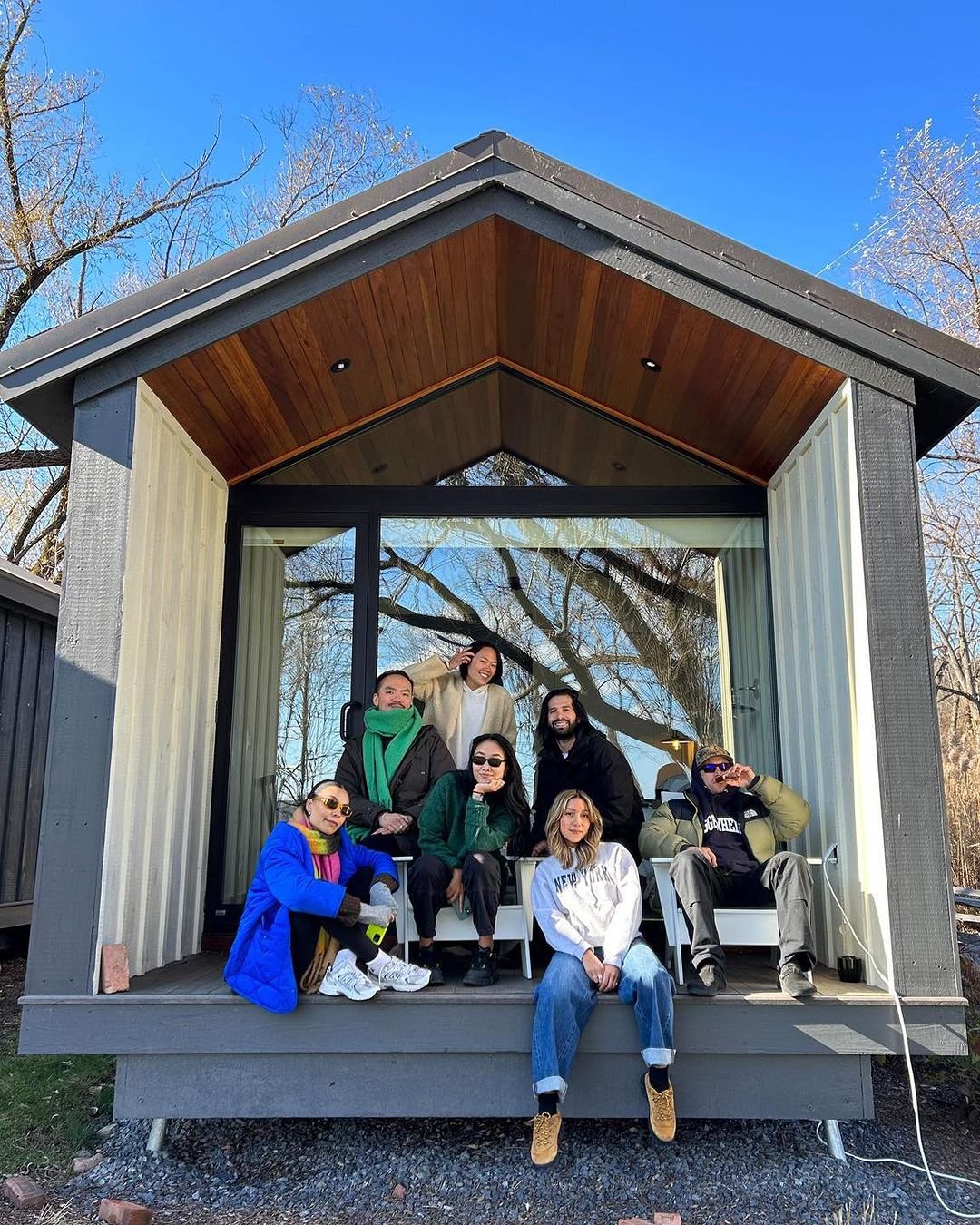
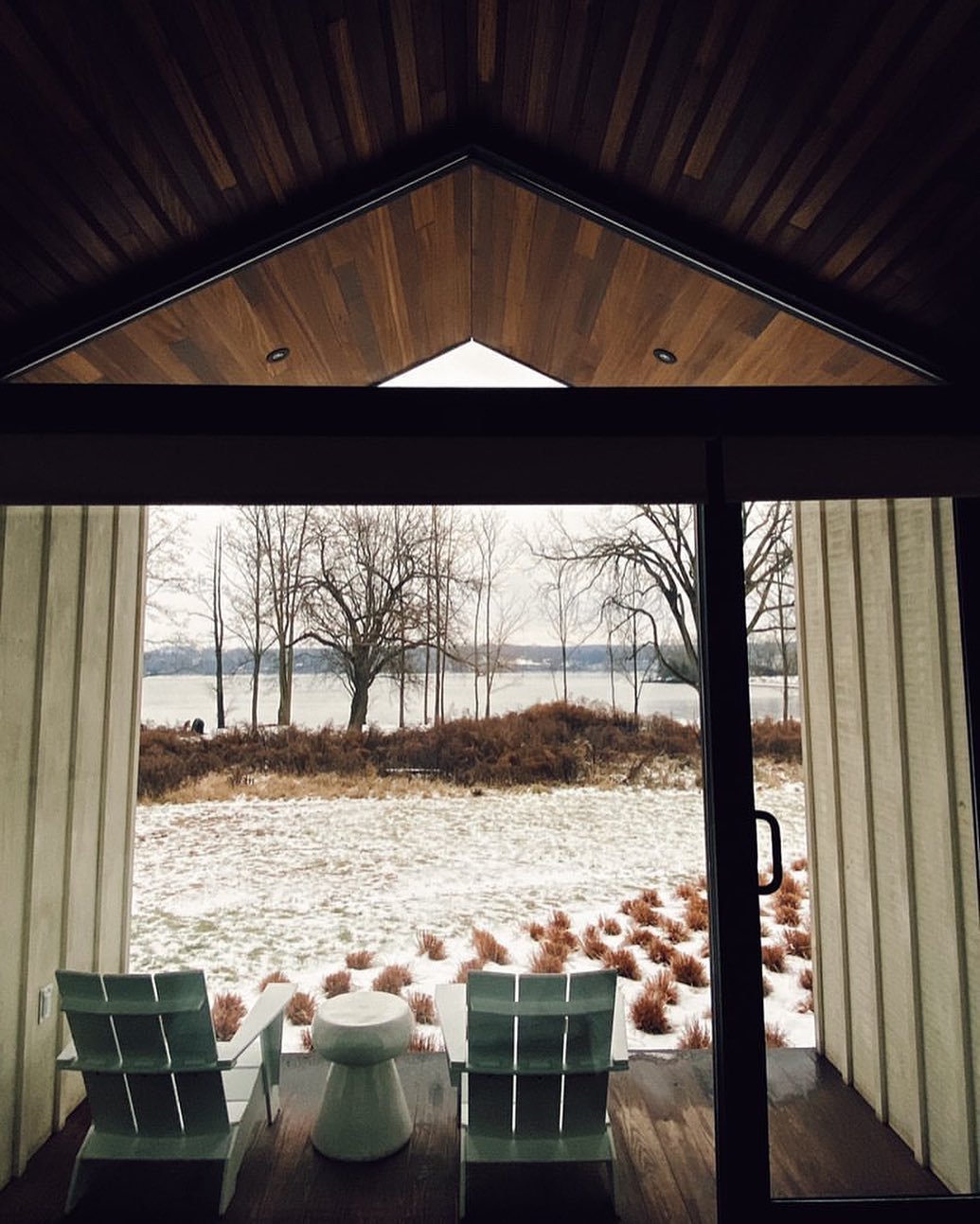
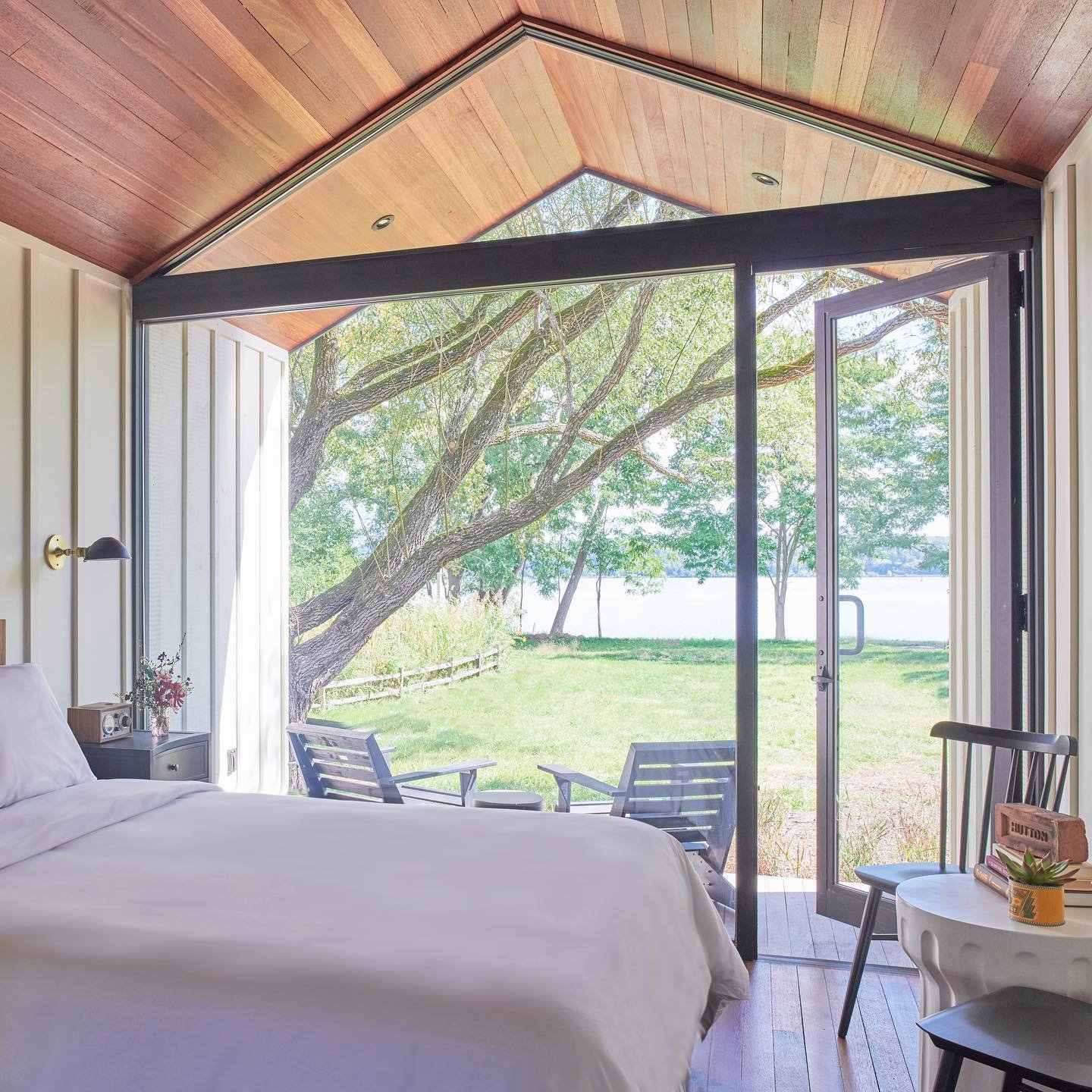

For instance, Hutton Brickyard features 30 individual cabins and a larger cottage, meeting spaces, and an extensive selection of outdoor activities such as yoga sessions, guided nature walks, archery, biking, and fire pits. Want to go wild and host personalized office Olympics or build large geodesic domes? Those are real-life team-building ideas you can borrow from previous staff retreat clients.
Picking a venue that offers customizable, all-inclusive corporate packages is your best bet. You don’t want to be planning transfers, excursions, catering, and activities with individual vendors, as that will turn into a huge logistical headache.
Hutton serves as a venue and beverage provider for corporate retreats and they’ve collaborated with the best event planners around. They also maintain a list of preferred vendors. That said, they are open to working alongside new vendors if you already have someone in mind.
Provide Some Level of Luxury
Food is more important than you think. Both Nixon and Patrick said that their team left feeling impressed by the quality of their meals at Hutton Brickyards. As Nixon puts it, when you’ve got people flying in from other countries, you want to provide some level of comfort and luxury. A checklist of preferred amenities might include onsite restaurant, in-room coffee machines, mini-bars, rooms with a view, mini-fridge, and in-room safe. At Hutton Brickyards, some cabins come with a turntable, vinyl records, and Bluetooth speaker. There are also waterfront barrel saunas available on site.
Wooden barrel saunas look out onto the river and can accommodate two people at the same time.
Understand the Space
You can’t plan around what you don’t know, so understanding the space that you’re working with is an underrated tip for successfully planning a corporate retreat. “Really understanding the space that is there offers the opportunity to do something different, unique, charismatic and memorable,” says Nixon, who had personally visited Hutton Brickyards before choosing the venue for his team retreat, which involved a large-scale outdoor team-building exercise that couldn’t have taken place in a regular hotel.
At Hutton Brickyards — with 76 total acres — there are 31 cabins, multiple meeting rooms, concert halls, eateries, a mansion (with 12 guest rooms), a cottage (for up to four people), and wi-fi throughout. It helps to know how far the cabins are from the restaurant and the conference rooms — this affects whether you need to give people 10 minutes or half an hour to travel from their rooms to common spaces.
Edgewood mansion, built in 1873, features 12 guest rooms with original 19th-century details complementing contemporary touches.
Also, consider your tech needs. Work with your retreat coordinator to get your ducks in a row in terms of audiovisual support. At Hutton Brickyards, you can get access to equipment such as a 12K lumen projector with a basic sound system or flat-panel large monitors with sound. You can add enhanced sound packages, a video switcher or an on-site technician to your package separately.
There are two meeting spaces to choose from: Hutton Hall, a large industrial space that is perfect for big gatherings, and a smaller conference-style meeting room in the Edgewood Mansion building. You can also request office supplies such as poster boards with easels and markers, pens and pads, and post-its.
HUTTON HALL
This historic structure — fully enclosed and air-conditioned — boasts soaring ceilings and a surround of windows to let sunlight and moonlight into the space. The venue also offers cathedral-like acoustics for live music and entertainment. It’s a flexible venue perfect for corporate retreats, dinner parties, wedding ceremonies, and meetings.
Details Matter
As Mazimann notes, neglecting logistics can result in having 50 people wait for a shuttle for two hours in the sun. Besides things like group transfers, there are also personal preferences (and necessities) to consider. “If someone might need access to the property before the event starts, please advise of that,” says Hancock. She adds that there’s always one person in every group who is very specific about their needs. Be cognizant that some people are pickier than others about things like their bed size. Some team members may have allergies. Others may need wheelchair access. Those are important details.
Give People Options
That said, you can’t accommodate everyone all the time. Giving people options, however, will get you pretty close to making the entire team happy. Include a mix of activities and make some of them optional.
During one teambuilding event, Mazimann discovered that not everyone on his team felt the same way about skiing: While 40% of people may be excited to hit the slopes, 20% might feel extremely frustrated if skiing is the only option available and they're not ski enthusiasts or they have back problems or they don't like snow. Not to mention the fact that you probably have a mix of introverts and extroverts on any given team who will appreciate the opportunity to mingle as much as spend time alone during the retreat.
Foster Team Bonding
If you’re overwhelmed by the options, keep in mind that fostering team bonding should be the whole point. According to an Indeed survey, 73% of remote employees miss socializing in person. You want to give people a reason to connect and have a good time.
“Find activities that create a connection between people. It can be a meditation workshop, rafting, a cooking class, icebreakers, or team games.
Stay away from individual activities or activities that are too physically demanding,” suggests Mazimann. “We played ‘The Sardines’ during one of our retreats, and it was the most appreciated activity of our entire trip. The budget was $0, and people are still talking about it two years later.” In case you’re wondering, these are the rules for that game (commonly thought of as “reverse hide and go seek”):
One player goes off to hide.
The rest of the group counts (you can decide how long) and then splits up in search of the hiding player.
Whenever someone finds the hidden person, that player joins him or her in the hiding place.
The game ends once everyone is cramped in one place.
The first person to discover the hidden player becomes the hider during the next round.
One of several fire pits on the Hutton Brickyards property.
Patrick and her team opted for dinner, drinks, and a fire pit followed by a design-driven team-building activity the next morning. “It was a short time but it was enough time to get to know somebody's personality away from the screen. We talk on Slack a lot, so being able to have that interpersonal interaction with each other was super nice.”
In other words, plan something a little more creative than a trust-fall game – nobody needs to go through that anymore.
Avoid Over-Scheduling
Activities should be part of the equation, but avoid overloading the agenda. Booking every minute of every day will tire your team, which is counterproductive. According to Hancock, who hosts two dozen corporate retreats a year at Hutton Brickyards, the average retreat lasts four days/three nights. Typically, people go to their rooms to get settled after check-in and gather for an arrival dinner at the resort’s River Pavilion restaurant.
The River Pavilion has wood-fired ovens and grills in a scenic setting.
The next morning, there’s a complimentary continental breakfast delivered to the guest cabins. Teams will usually spend at least a portion of the day meeting at Hutton Hall, a former brickyard that has been converted into an indoor event space. The rest of the day includes a mix of activities and relaxation time, with some groups venturing outside of the hotel for sightseeing in the area — which can include apple orchards, museums, distilleries, hikes, and historical sites. The website offers a sizable list of Hudson Valley experiences.
Located on the Hudson riverbanks, Lidgerwood Pavilion captures panoramic views of the water and its 8,100 sq ft can hold 1,600 people standing, 1,000 in a theater environment or up to 500 for a banquet.
Use the Opportunity to Brainstorm
If this is aligned with your goals, include a creative brainstorming session at your retreat – 34% of workers say they have the best ideas during business travel, according to TravelPerk data. Another study, published in Nature, revealed that videoconferencing actually hampers idea generation, so you can take advantage of your time in person to get into a flow state.
And if you end up having to delay lunch because you’re experiencing terrific work breakthroughs, that’s okay too. “A high-end perfume company was here, and they were so deep in their session that they couldn't focus on anything else,” recalls Hancock.
Aim to Have Fun
Finally, don’t forget to have fun with your coworkers. “I definitely feel like I was more inclined to hang out with people outside of work because I had an opportunity to do so. It allows those relationships to happen organically and plants a seed for deeper relationships with each other,” says Patrick.
Ultimately, going home with business takeaways is great, but being able to create positive, authentic memories with your team is one of the most powerful outcomes of a corporate retreat. “I'm really glad that our company decided to invest in an experience like this. It’s a chance for the company to express appreciation to each employee in their own way by giving them a moment. I don't think I would ever go somewhere like Hutton Brickyards on my own, so having the opportunity to do so was super nice,” adds Patrick.
Run An Employee Survey After the Retreat
Remember your KPIs? What you do after the retreat matters almost just as much as what you do during your time together. Run an employee survey when the retreat is still fresh in your team’s mind to understand whether you achieved what you set out to do. The survey can also help you assess how much workers enjoyed the retreat and capture learnings to improve the next one.
Hutton Brickyards’ industrial architecture creates a show-stopping backdrop for corporate events, offsite retreats and other business gatherings.
